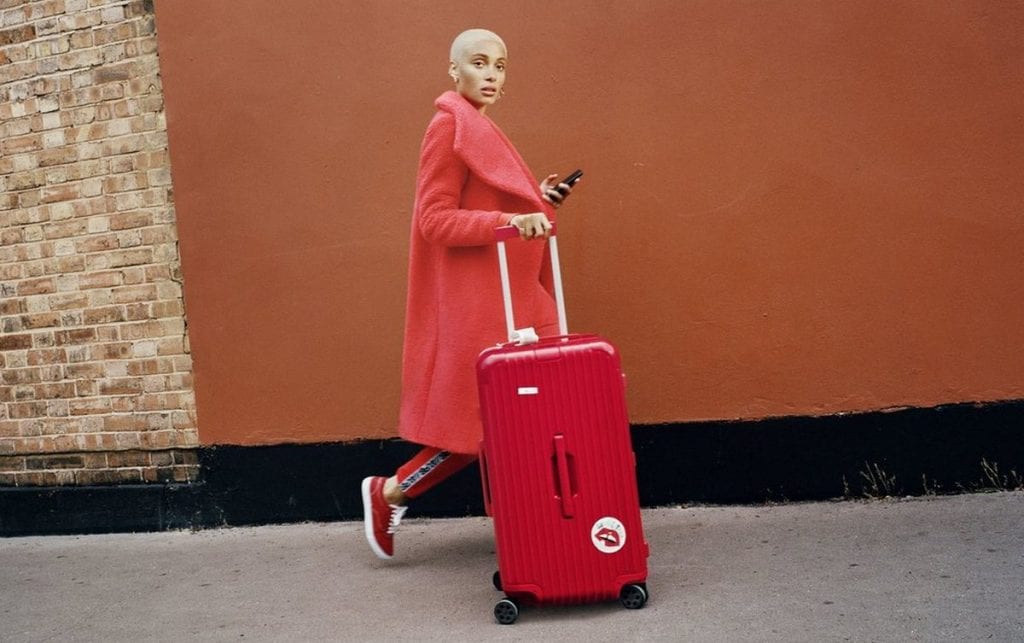The swarms of deep-pocketed tourists that routinely splash out on pricey products on the luxury brand-lined avenues of cities across the world are far less dense as of late. A lack of consumer traffic on Bond Street in London has been replicated “on the shopping boulevards of Paris, in the malls of Dubai and on the streets of Hong Kong,” the New York Times recently revealed, pointing to “the quarantine of more than 50 million people in China, and travel and visa restrictions to more than 70 countries” as a result of the spreading coronavirus.
In the immediate wake of the coronavirus outbreak, which is expected to cost the luxury market as much as €30 to €40 billion ($32 to $43 billion) in 2020, alone, according to Bernstein and Boston Consulting Group, the emphasis has been on the impact of “widespread shutdowns of stores and malls in China,” paired with a marked fall in international travel, particularly by luxury-happy Chinese consumers, who do a majority of their shopping outside of the mainland and away from the China’s highly-taxed borders. After all, the luxury goods industry is in an overly-dependent relationship with Chinese consumers, who account for some 35 percent of global luxury sales, per Bain & Co., and nearly all of the growth in the market.
But there is another essential element in the mix in light of the enduring epidemic: airport shopping. As travel numbers continue to plummet, with many consumers either being outright barred from travel or being warned against non-essential excursions, the sales at airport brick-and-mortar stores are swiftly dropping, as well, and the hit that brands stand to take as a result is not small. As of now, sales of airport offerings are down as much as 70 percent in some Asian hubs, according to the Moodie Davitt Report.
“Duty-free and other airport shops are under siege from the coronavirus,” the Wall Street Journal reported last week, reflecting specifically on the “rare success story in the slumping bricks-and-mortar world” that is airport shopping for luxury goods. “Travelers from Asia in particular have made duty-free shopping sprees” – from ones at Louis Vuitton and Hermes’ airport outposts to those offering up pricey cosmetics and skincare products – “an essential part of their itinerary,” the WSJ’s Esther Fung wrote of brands’ airport-located cash cows.
For luxury brands, the risk is sizable. Coresight put airport retail sales at $44 billion in 2019, and Switzerland-based Dufry projects the value of the segment to inch towards $67 billion over the next few years. Given the revenues at are up for grabs (and growing) in this segment of the market, many luxury groups have focused their attention here. As NPD Travel Retail analyst Luke Stockton told Skift last year, “If travel retail isn’t of strategic important to global brands, it should be.”
And based on two of the largest luxury players, this is, in fact, a priority. LVMH, for instance, has had its eyes on the space since the late 1990s when it took a majority stake in Hong Kong-based duty-free shop operator DFS, which it describes as “the world’s leading luxury travel retailer.” More recently, LVMH cited $3.69 billion in “operating investments by the Group’s brands … in their retail networks,” including DFS, citing “steady demand from international travelers” and “excellent performance” in an array of regions, particularly in connection with its cosmetics and fragrance, and wine and spirits businesses. This comes despite “a very noticeable slowdown in tourist activity in Hong Kong” in connection with mass protests. DFS revealed in October 2019 that it would lay off hundreds of workers in Singapore and Hawaii, “as protracted protests at its home base and the U.S.-China trade war eat into earnings,” Nikkei reported at the time.
Meanwhile, as recently as its latest annual report, rival Kering made specific mention of travel retail, which “emerged as the fastest growing distribution sub-channel [in 2019]” for its marquee Gucci brand. In terms of distribution, Kering revealed that it is “drawing on a range of drivers to [continuously enhance customer experience and raise productivity levels for its points of sale], such as … broadening its travel retail network (a sector in which it is currently under-represented).”
Coronavirus aside, travel rates are rising. According to the World Tourism Organization, the number of international tourist arrivals topped 1.4 billion in 2018 (a 6 percent increase from 2017), with 2019 growth expected to reach 4 percent, as are sales within the luxury goods sphere, which rose to $315 billion in 2019 and stand to benefit from consistent growth going forward, per Bain. These figures – paired with the fact that “an average person travels by plane three to four times a year, and spends about 72 minutes waiting between security and flight,” according to the WSJ – make travel retail an un-ignorable segment for brands.
However, just as luxury’s investment in – and dependence on – Chinese consumers has brought about sizable returns, while also demonstrating significant weaknesses, a push towards travel retail will not come without risks and significant fluctuations. But as of now, brands clearly view the pros as outweighing the potential drawbacks.











